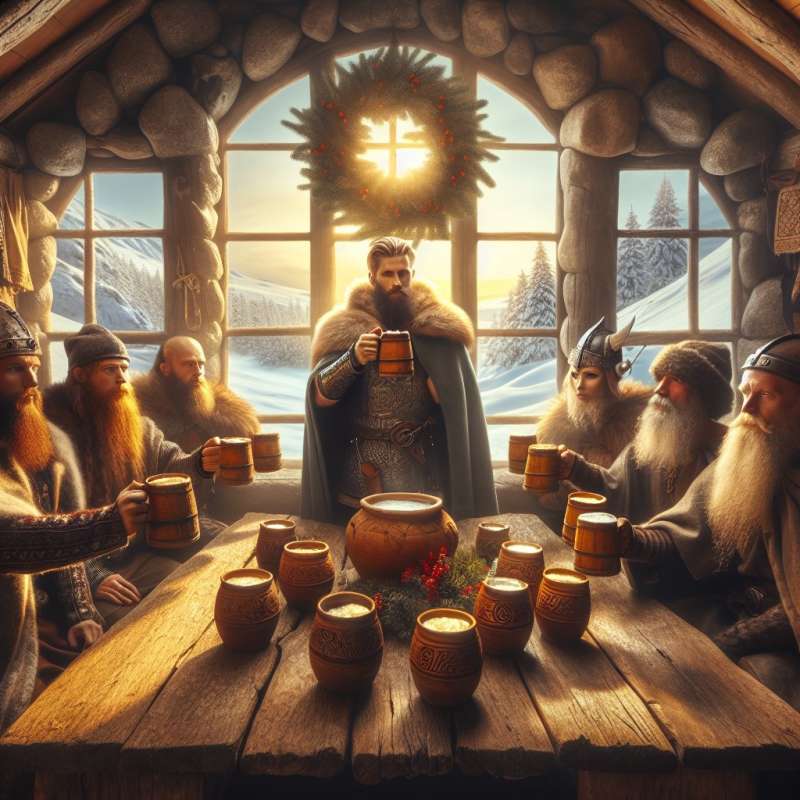
Solstice Fundamentals
The winter solstice, the shortest day of the year, has been celebrated for millennia. Occurring around December 21, it signifies the gradual return of sunlight.
Stonehenge's Solstice Alignment
England's Stonehenge is aligned with the solstice. This prehistoric monument may have been used to mark solstices, revealing ancient understanding of astronomy.
Saturnalia: Roman Revelry
Ancient Romans celebrated Saturnalia around the solstice. This week-long festival honored Saturn, featured feasts, role reversals, and societal norms turned upside down.
Yule: Nordic Traditions
Vikings observed Yule from the solstice through January. This important festivity included sacrifices and toasts to gods for fertility and prosperity in the upcoming year.
Iran's Yalda Night
In Iran, Yalda night marks the longest night. Families gather, read poetry, and eat fruits, particularly pomegranates and watermelons, symbolizing the dawn of good overcoming evil.
Japan's Tōji Festivities
Tōji, the Japanese solstice, includes bathing in yuzu-scented waters, believed to guard against colds, and eating kabocha, a winter squash, for good health.
Christmas and Solstice
It's theorized that Christmas, celebrated on December 25, was chosen to coincide with winter solstice festivities, assimilating pagan traditions into Christian celebrations.Polar Night Phenomenon
In parts of Alaska, the winter solstice means no sunrise for up to 67 days, an incredibly long polar night.
What does winter solstice signify?
End of winter season
Return of gradual sunlight
Longest day of the year
Company